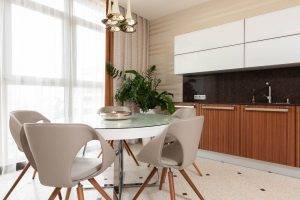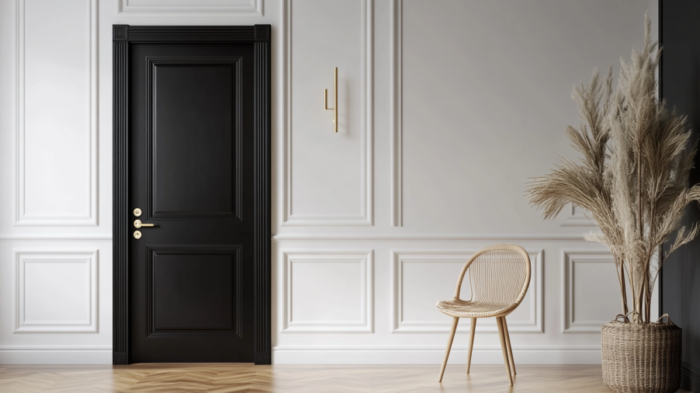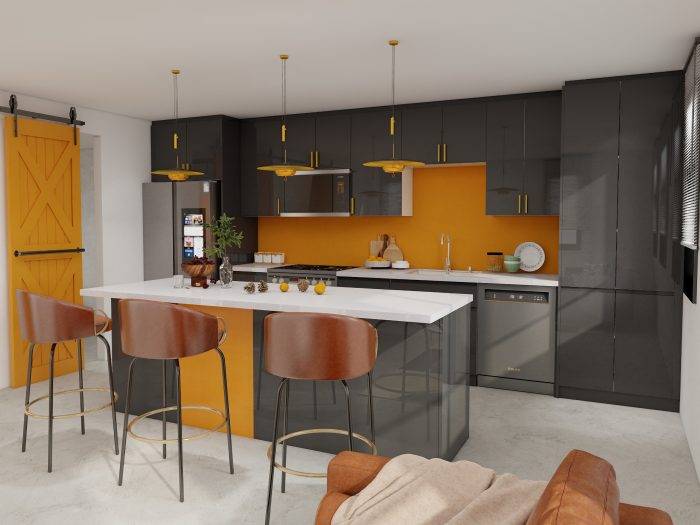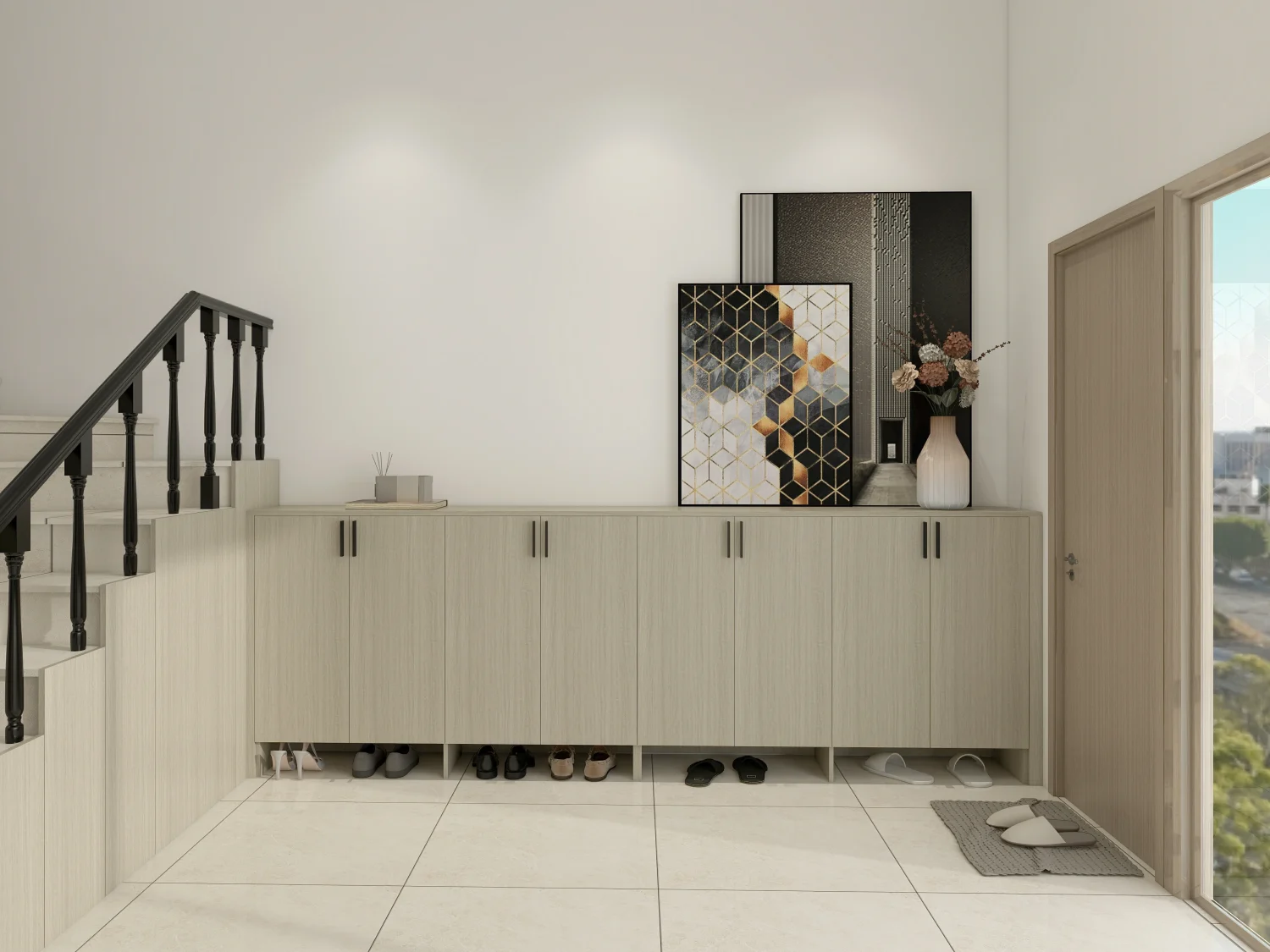
Why Do You Need an Entryway Shoe Storage Cabinet?
Have you ever walked through your front door and felt overwhelmed by a pile of shoes? An entryway shoe storage cabinet can be your best friend. It tames clutter and protects your floors from dirt and moisture. Imagine it as a welcoming doormat that also keeps shoes hidden and organized.
A properly placed shoe cabinet for entryway not only boosts curb appeal but also improves air circulation. Storing wet or muddy shoes on open racks can lead to mildew and odors. A closed shoe entryway cabinet solves this by containing mess and preserving your footwear’s lifespan.
Besides functionality, an entryway shoe storage cabinet adds style. You can match it to your décor—whether modern, rustic, or farmhouse. Finally, giving guests a tidy spot for their shoes shows thoughtfulness. Isn’t that a small gesture that makes a big impression?
Which Types of Shoe Cabinets for Entryway Suit Your Space?
Not all shoe cabinets for entryway fit every home. Which style works best for your space?
Tilt-Out Shoe Cabinet
Tilt-out cabinets are narrow and deep. When you open a door, shoes tilt forward for easy access. They excel in tight hallways since they require less floor space. However, they usually hold only 2–3 pairs per compartment. If you own many shoes, you might need multiple units.
Open Shoe Rack
These are basically shelves. They let shoes breathe but leave them on display. Picture an open bookcase for sneakers. Easy to grab any pair, but dust can settle quickly. If you live in a dusty area, plan to dust frequently.
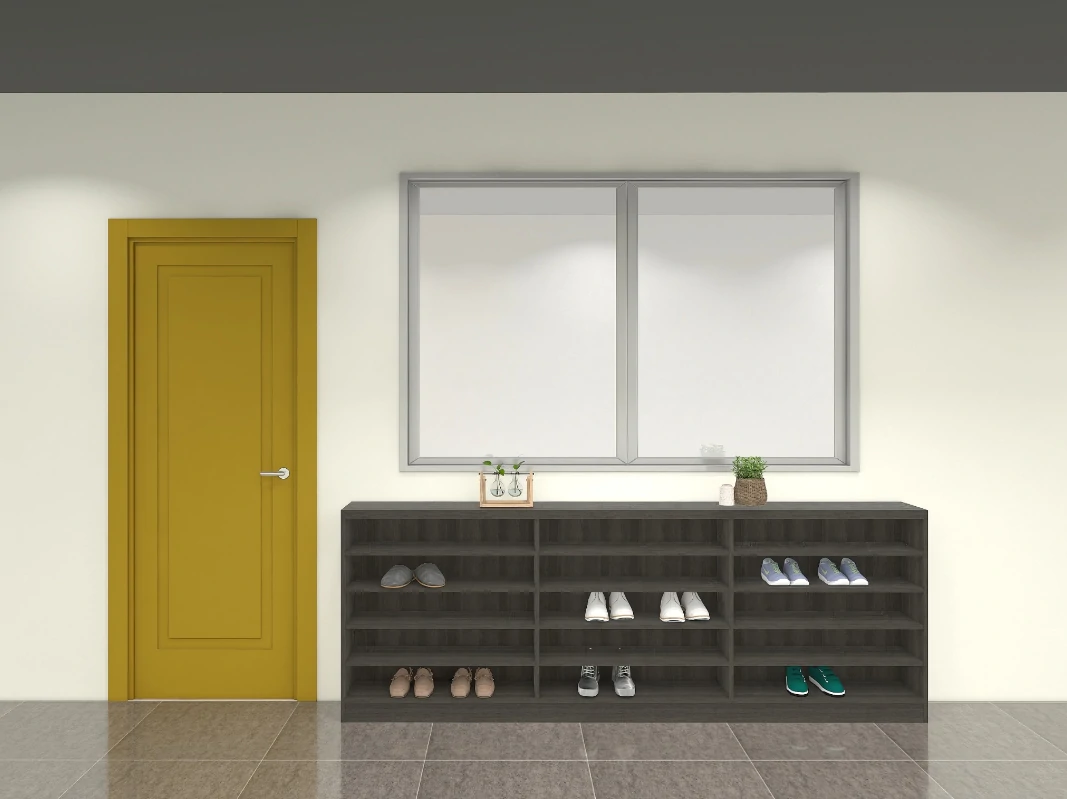
Bench Shoe Cabinet Combo
This style merges a bench with storage underneath. You sit on the bench to put on shoes, while drawers or compartments below hide clutter. It’s perfect if you need a quick seat to tie laces. Just remember it can be bulky, so measure space carefully.
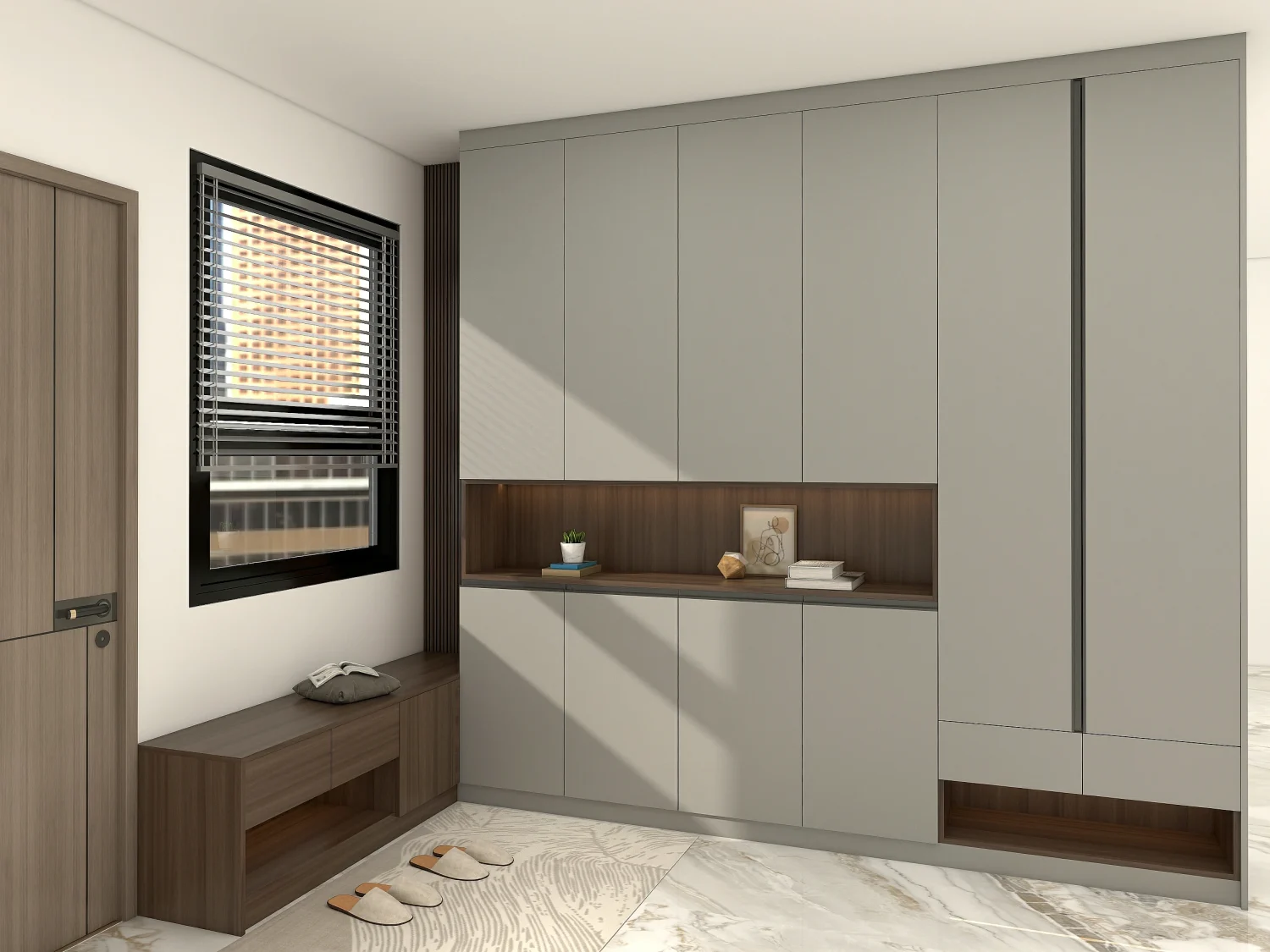
Floating Wall-Mounted Cabinet
Need to save floor space? A floating shoe cabinet mounts on the wall. It creates a “floating” effect like those modern TV stands. Your floor stays clear, making cleaning a breeze. Yet it demands secure installation—studs or wall anchors are a must.
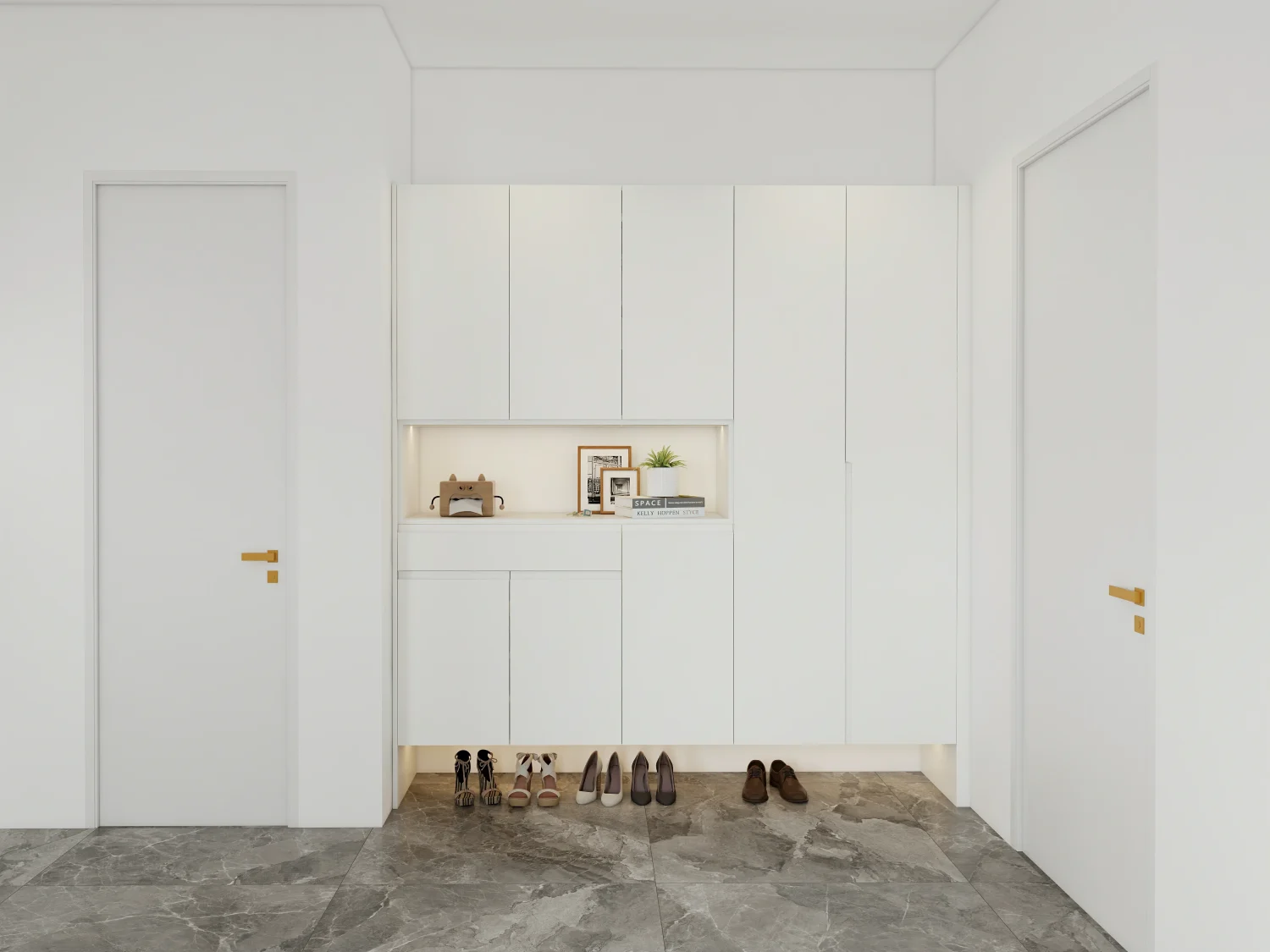
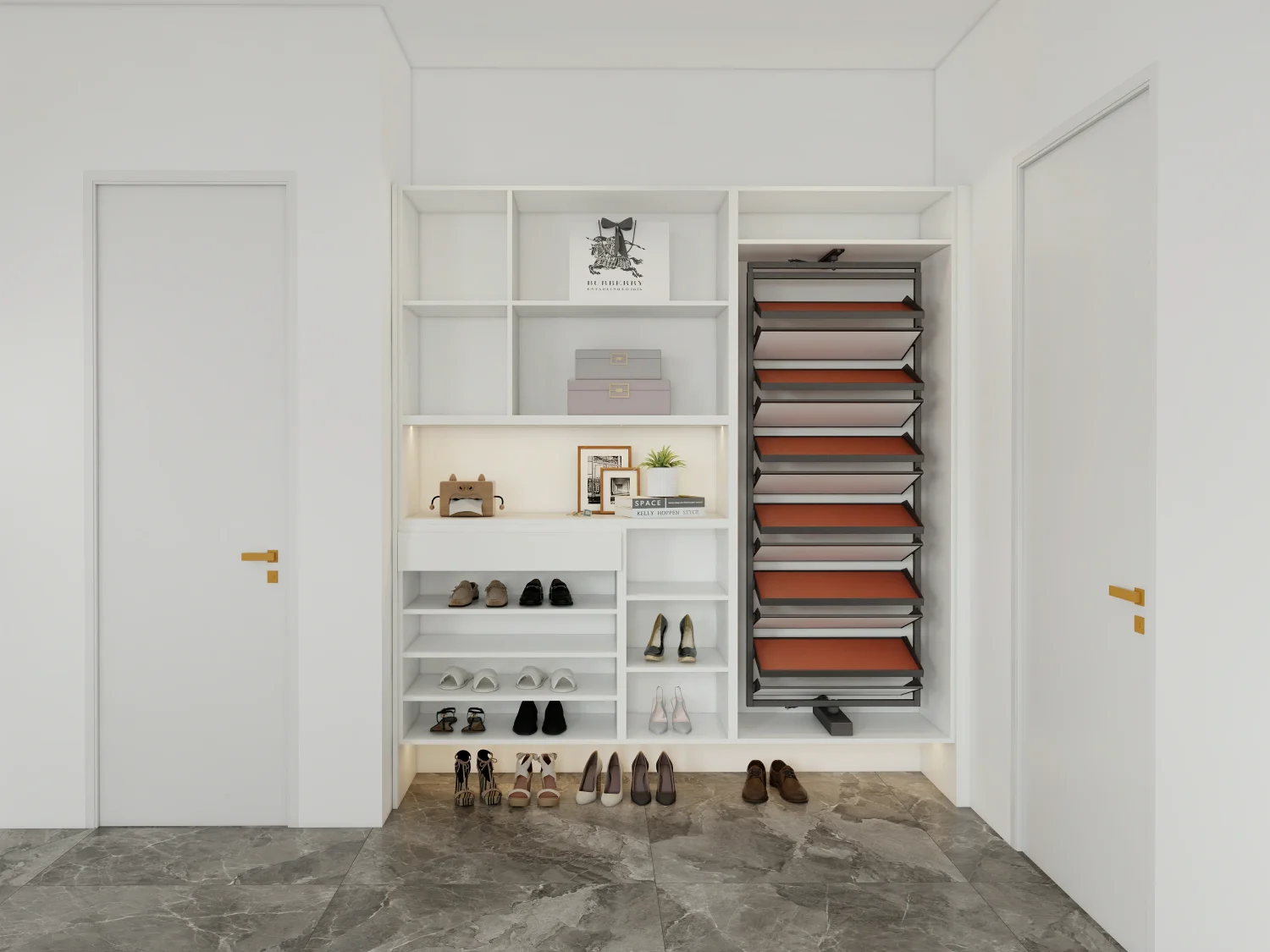
Multi-Function Entryway Organizer
These units combine hooks, shelves, and cabinets in one. Think of a hall tree you find in country homes. It’s like having a mini mudroom. Coats hang above, shoes tuck below, and mail slots to the side. Ideal if you need extra functionality in one spot.
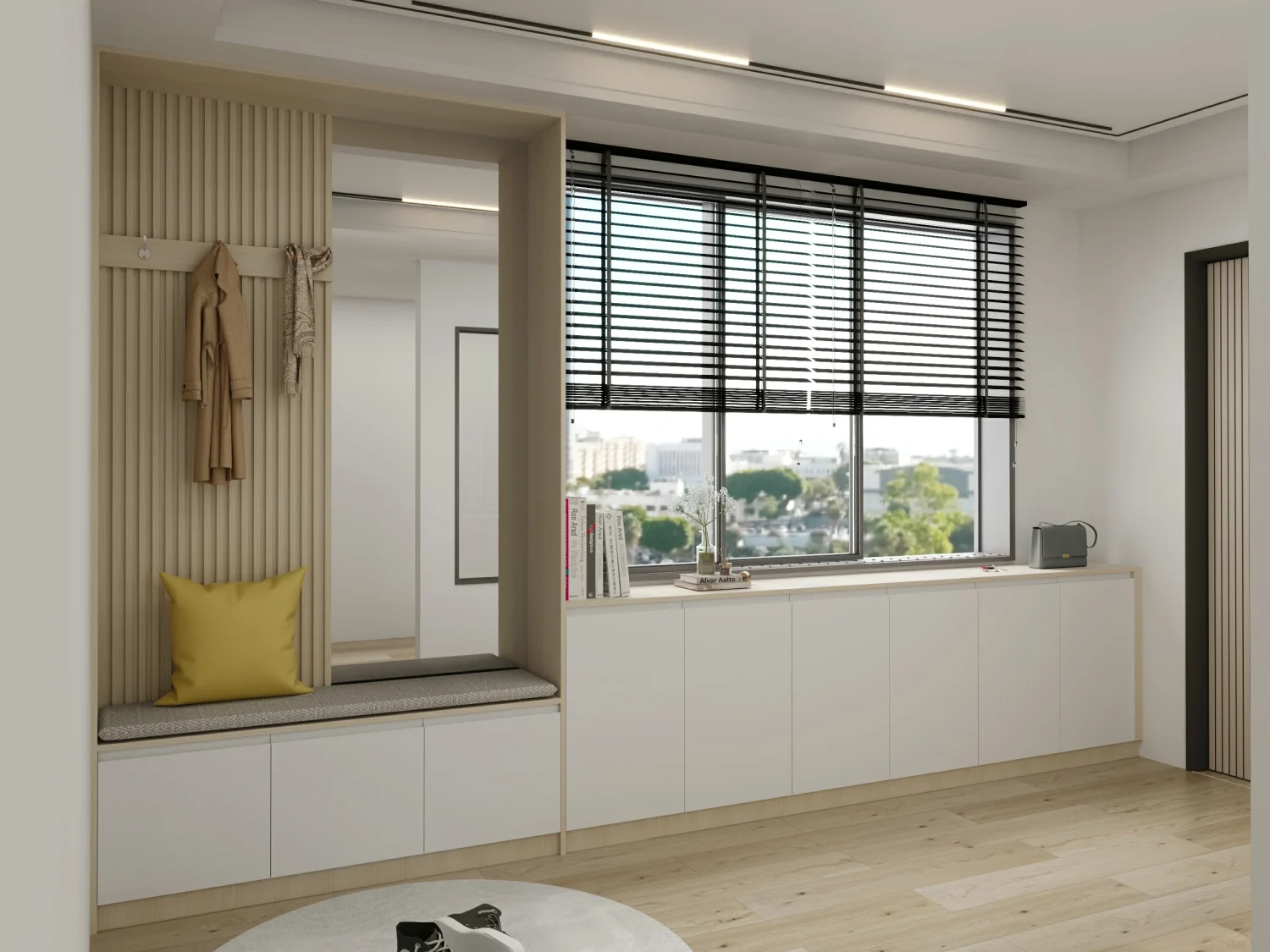
Which one suits you? If your entryway is less than 3 feet wide, consider a tilt-out or wall-mounted cabinet. For larger foyers, a bench cabinet combo adds seating. Match the style to your daily routine—do you need a quick seat, or more shelf space for tall boots? Also,you can learn more design cabout shoe cabinets.
What Materials Should Your Entryway Shoe Storage Cabinet Be Made Of?
Choosing the right material for a shoe cabinet storage entryway is crucial. It affects durability, look, and cost. Here’s a simple breakdown:
Solid Wood
Solid wood—like oak or maple—feels sturdy and looks upscale. Imagine it as the leather jacket of furniture: it never goes out of style and can last decades. But wood can warp in extreme humidity or dryness (National Kitchen and Bath Association, 2021). In humid climates, use a dehumidifier or place moisture-absorbing silica gel inside.
Medium-Density Fiberboard (MDF)
MDF is made from wood fibers glued under heat. It’s affordable and smooth, so paint or veneer sticks well. Though it’s budget-friendly, it isn’t as tough as solid wood. Avoid placing heavy items on top since MDF can sag over time. It also swells if exposed to water. Still, for most indoor uses, it performs admirably.
Metal
Metal cabinets (steel or iron) bring an industrial vibe—think of a loft apartment. They resist scratches and dents, and you won’t worry about pests like termites. However, metal can rust if not powder-coated. Keep them indoors, away from damp basements. Metal units can also squeak if hinges aren’t oiled periodically.
Bamboo or Wicker
For eco-friendly choices, bamboo or wicker options shine. Bamboo is technically grass, but its floor-like hardness makes it quite durable. These materials give natural, boho aesthetics. Yet, bamboo can crack if too dry, and wicker may fray over time. They work best in moderate climates without drastic temperature swings.
Plastic or Laminate
These synthetic materials are lightweight, easy to clean, and often less expensive. Picture a plastic shoe cabinet as the “sneaker version” of storage—it’s casual and functional. Still, plastic can look cheap and may become brittle after years under sunlight. Laminate over particleboard can chip at edges, so handle with care.
When selecting, ask: Do I need a statement piece or a functional workhorse? For upscale homes or frequent entertaining, solid wood might pay off long-term. For rental properties or budget-focused projects, MDF or plastic could be ideal. Always consider local humidity, weight capacity, and overall style.
How to Measure for a Shoe Storage Cabinet Entryway?
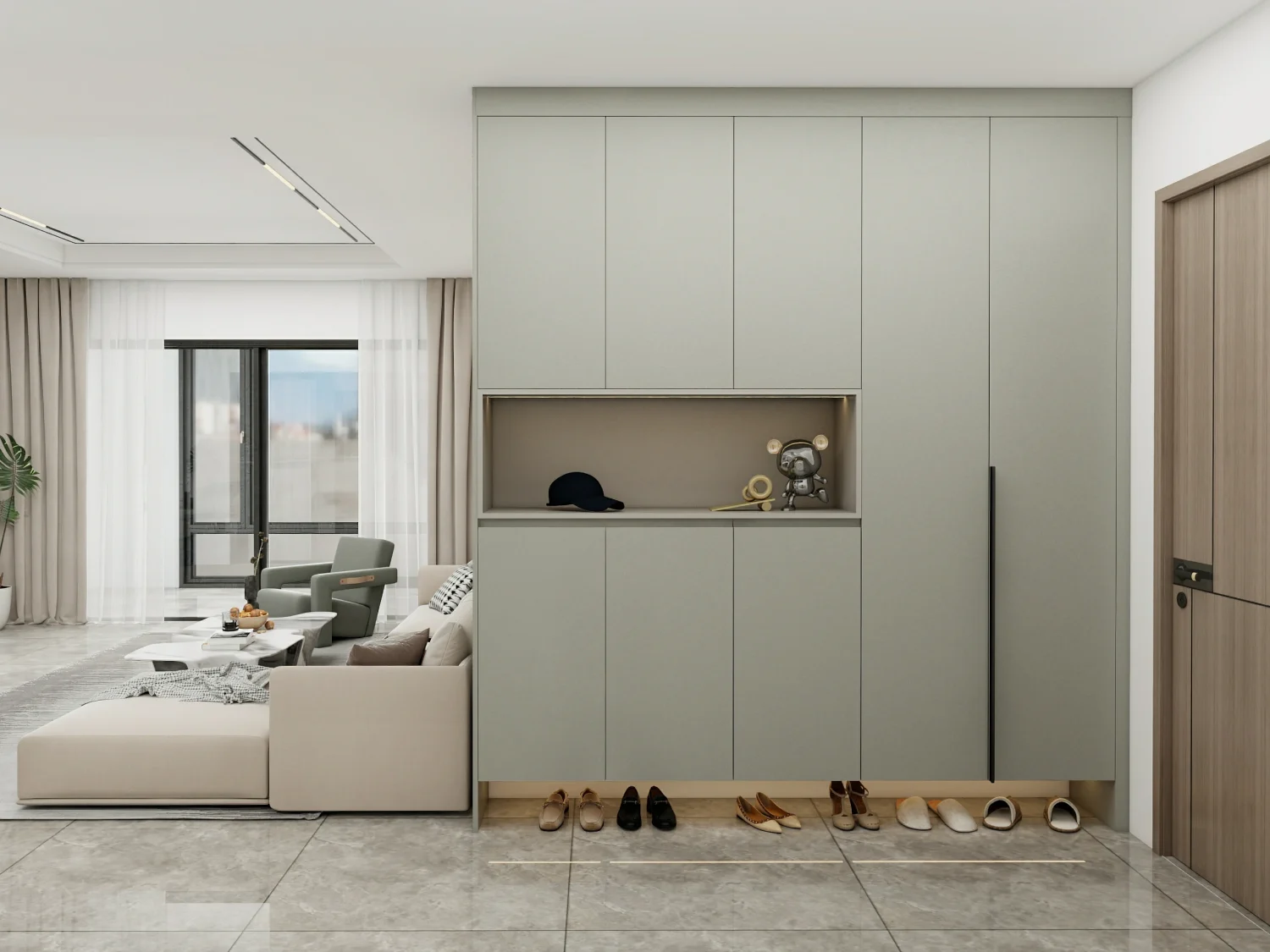
Have you measured your space correctly? A few inches can be the difference between a perfect fit and a cramped hallway. Follow these steps:
Measure Width First
Stand in your entryway and use a tape measure to find the total width available. Deduct at least 2–3 inches for breathing room and ease of opening doors. For instance, if your hallway is 36 inches wide, consider a cabinet no wider than 33 inches.
Check Depth Carefully
Standard shoe cabinets range from 10 to 15 inches deep. Deeper cabinets hold boots and large sneakers but may protrude into the walkway. If your walkway is only 40 inches wide, a 12-inch-deep cabinet leaves you 28 inches for foot traffic—adequate for most adults.
Determine Height Needs
Typical cabinets stand 30 to 48 inches tall. Taller cabinets pack more storage but can block light or appear bulky. For shorter people, avoid extremely tall units—reaching the top shelf could be a stretch. Balance storage needs with accessibility.
Estimate Shoe Quantity
Count how many people live with you and estimate an average of 5–7 pairs per person. If four people live in your home, you may need storage for 20–28 pairs. Divide total pairs by 3 or 4 (typical number stored per shelf) to find required shelves. For example, 24 pairs ÷ 4 pairs per shelf = 6 shelves.
Allow Ventilation Space
Shoes need air. Leave a 1- to 2-inch gap between the cabinet and the wall or include perforated panels. This prevents mold and odors.
Mock-Up With Boxes
Feeling unsure? Stack medium-sized boxes where the cabinet will go. Stand back and see if it impedes movement. This “box test” helps visualize the fit and ensures you won’t bump into it every day.
By measuring correctly, you avoid returns and awkward returns. Once measurements are in hand, you can confidently browse options labeled with precise dimensions.
Where to Buy Entryway Shoe Cabinets: DIY vs. Ready-Made?
Where should you snag that ideal shoe cabinet storage entryway? You basically have two routes: DIY/custom or ready-made. Let’s compare:
| Option | Pros | Cons | Price Range |
|---|---|---|---|
| Ready-Made Cabinets | Quick purchase; minimal assembly | Limited sizes/colors; lower-grade materials | $80–$400 |
| DIY/Custom-Built | Exact fit; choice of materials and finish | Higher cost; longer build time | $800+ |
| Semi-Custom Options | Modular flexibility; cheaper than full custom | Less customizable than full custom | $250–$600 |
Where to Shop
For a custom entryway shoe cabinet, PA Home is your go-to. Leveraging its Industry 4.0–equipped Zhaoqing factory and regional facilities in Indonesia, Riyadh, and the UAE, PA Home delivers precise, durable shoe cabinet entryway solutions that fit any foyer size and style. With a streamlined online design process and local installation support, you get a tailored shoe storage cabinet entryway without hassle.
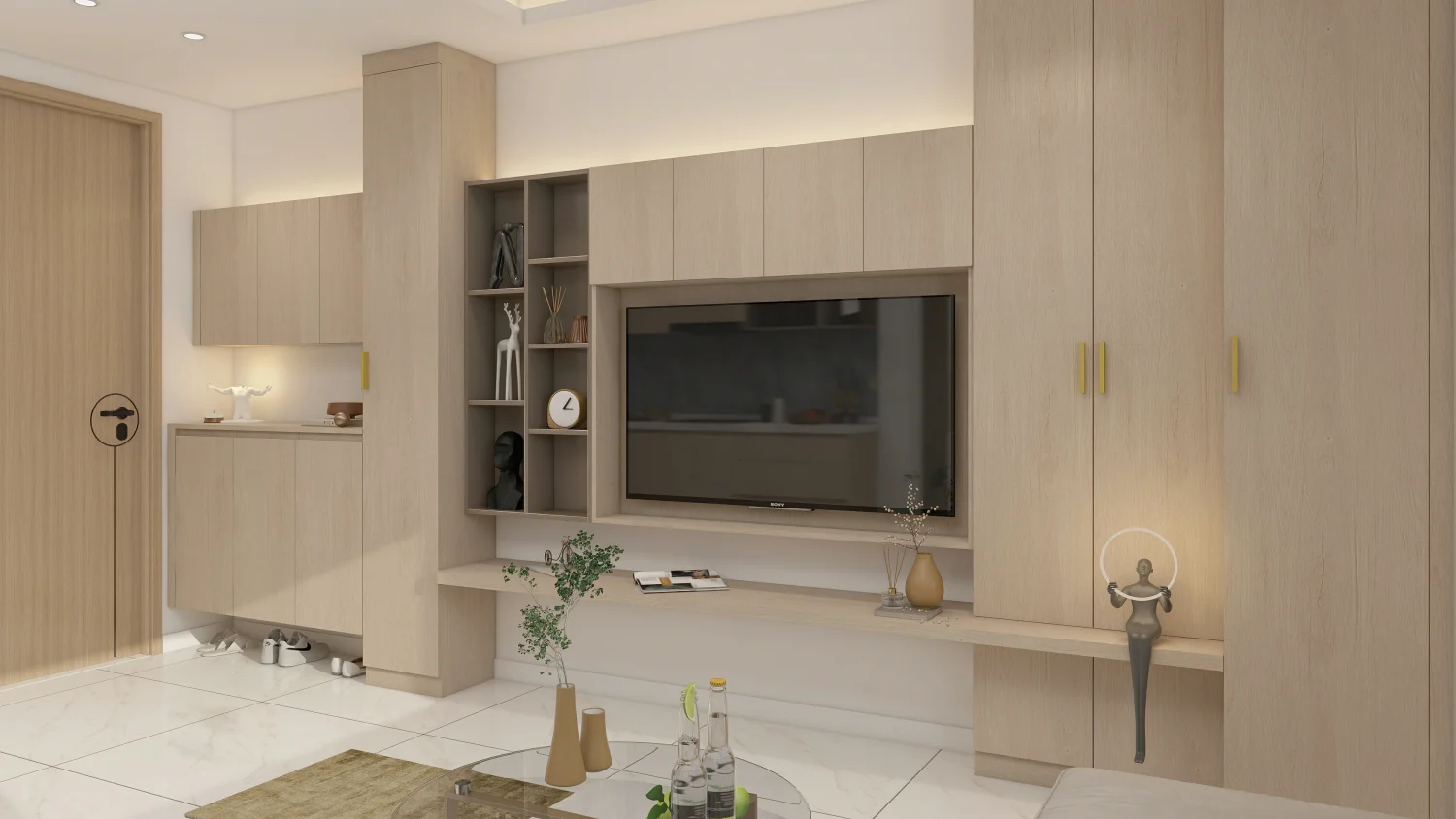
Conclusion
A well-chosen shoe cabinet entryway transforms chaos into order. Measure your space, pick the right material, and focus on features like ventilation and safety. Whether you choose a tilt-out design or a bench combo, PA Home can customize your perfect entryway shoe storage cabinet.
FAQs about shoe cabinet entryway
To avoid mold, ensure proper ventilation. Keep the cabinet’s back panel slightly off the wall or choose perforated panels. If shoes often enter wet, place a moisture-absorbing packet inside (Consumer Reports, 2023). Clean and air out wet shoes before storing.
Most shoe storage cabinet entryway products are designed for indoor use. Exposure to sun, rain, or extreme temperatures can warp materials and fade finishes. If you must place it outside, select a cabinet made from treated, weather-resistant wood or metal designed for outdoor use.
A standard 30-inch-wide tilt-out cabinet usually stores 12–16 pairs. An open shelf unit of similar width might hold 8–12 pairs, depending on shoe size. Bench combo cabinets often accommodate 10–15 pairs below the seat, plus space for boots. Always check manufacturer specs.
Ideal depth ranges from 10 to 15 inches. Shallow options (10–12 inches) save space but may not fit bulky boots. If you store mostly flats, sneakers, and low-top shoes, 10 inches works. For high-top boots, aim for 14–15 inches to prevent crowding.
Tilt-out cabinets hide shoes, creating a cleaner look. They also shield shoes from dust. However, they hold fewer pairs per cubic foot compared to open racks. Open racks excel in ventilation and capacity. Choose tilt-out for neatness, open racks for maximum storage.
Adding a bench makes putting on or taking off shoes a breeze—literally. It’s comparable to having a small dressing stool right in your foyer. If you have kids or elderly family members, a bench reduces bending and slipping. Just ensure you have enough floor space so the bench doesn’t obstruct traffic.
Aim for a quick wipe-down every two weeks. Remove shoes and vacuum inside once a month. Inspect hinges, adjustable shelves, and safety straps quarterly. Regular maintenance ensures longevity and safety—like changing the oil in your car before long trips.

